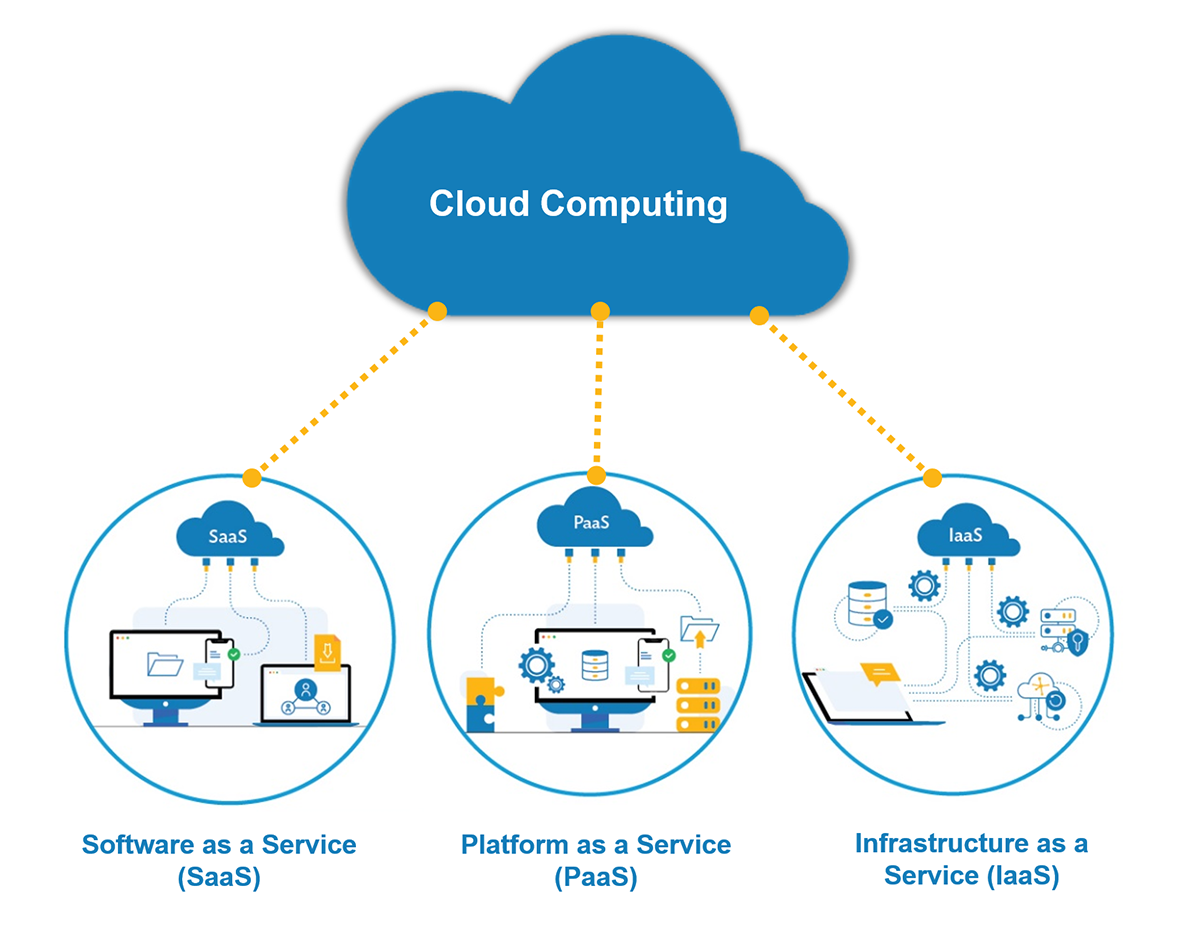Attain More with LinkDaddy Cloud Services: Enhancing Your Cloud Services Press Release Strategy
Simplify Your Infrastructure With Cloud Solutions
As organizations browse the ever-evolving landscape of innovation and data monitoring, the duty of cloud solutions in streamlining facilities has ended up being significantly popular. The appeal of streamlined procedures, boosted efficiency, and improved resource appropriation through cloud options is indisputable. The trip in the direction of an extra dexterous and cost-effective IT facilities entails even more than just migrating to the cloud. It calls for a tactical approach and a deep understanding of the subtleties of cloud adoption. So, exactly how can organizations properly browse this transition and truly unlock the capacity of cloud services for streamlining their framework?
Benefits of Cloud Services
Cloud services offer a streamlined approach to managing IT facilities, supplying services with versatility, scalability, and cost-efficiency. One of the crucial benefits of cloud solutions is the scalability they use.
Furthermore, cloud services eliminate the demand for businesses to spend in expensive hardware and software application. This cost-efficiency is a considerable advantage, particularly for tiny to medium-sized enterprises seeking to lessen in advance expenses. By using cloud solutions, companies can access premium IT resources without the substantial cost tag connected with typical framework configurations.
In addition, cloud services supply services with the versatility to access their information and applications from anywhere with a net connection. This degree of accessibility improves cooperation amongst groups, allows remote job, and raises general efficiency. The flexibility used by cloud solutions empowers services to adjust rapidly to altering market problems and consumer needs.
Expense Cost Savings and Scalability
In addition to the functional benefits highlighted earlier, the assimilation of cloud services into a firm's facilities generates substantial cost financial savings and boosted scalability. Cloud solutions supply a pay-as-you-go model, enabling businesses to range sources up or down based upon existing requirements, consequently avoiding the prices connected with preserving excess capacity. This flexibility enables business to adapt rapidly to changing needs without sustaining unnecessary expenses.
Additionally, cloud services remove the requirement for upfront investments in software and hardware, reducing capital investment. Business expenses are additionally decreased as business no more require to handle and maintain physical servers, leading to reduced power usage and IT staffing costs. In addition, cloud solutions supply automatic updates and upkeep, making certain that the infrastructure stays safe and up-to-date without needing manual treatments.
Improved Security Procedures
Carrying out stringent protection steps is paramount when integrating cloud solutions into a business's framework to guard sensitive information and guarantee conformity with industry guidelines. Cloud company offer improved protection features such as data file encryption, firewall program security, and multi-factor verification to mitigate cybersecurity dangers. File encryption helps safeguard data both at rest and in transit, making sure that just authorized users can access delicate details. Firewalls serve as a barrier in between internal networks and external risks, tracking and controlling outward bound and inbound network website traffic. Multi-factor verification includes an additional layer of protection by calling for customers to give several kinds of confirmation prior to accessing the cloud services.
Furthermore, routine safety audits visit the site and compliance analyses assist recognize susceptabilities and make sure adherence to industry criteria. Business can additionally gain from attributes like computerized safety updates and real-time threat surveillance supplied by cloud provider. By focusing on security actions and remaining proactive in resolving potential dangers, companies can confidently utilize cloud services while securing their beneficial information from unauthorized gain access to or breaches.
Transitioning to Cloud Infrastructure
To effectively incorporate cloud services right into a business's framework, a structured technique that addresses the shift towards cloud-based remedies is important. Transitioning to shadow infrastructure includes mindful planning and execution to guarantee a smooth migration procedure. The very first step is to evaluate the present facilities and figure out which systems and applications are appropriate for migration to the cloud. This evaluation must think about factors such as data level of sensitivity, conformity demands, and efficiency requirements.
As soon as the analysis is see it here full, a movement approach ought to be developed. This strategy should lay out the timeline, resources, and responsibilities for relocating each element to the cloud. It is essential to connect this strategy plainly to all stakeholders to ensure positioning and lessen interruptions during the transition.
During the migration surveillance, testing and procedure are essential to determine and resolve any type of problems promptly. Routine checkpoints should be established to track progression and make required changes. In addition, training for staff members on utilizing cloud solutions must be provided to guarantee an effective shift and make best use of the benefits of the new infrastructure.
Finest Practices for Cloud Adoption
Successful adoption of cloud services pivots on the tactical placement of service goals with technical capabilities and business preparedness. To make sure a smooth shift to the cloud, companies ought to start by conducting a comprehensive evaluation of their existing infrastructure and determining which work are best suited for cloud migration. It is vital to involve key stakeholders from various divisions in the decision-making process to get buy-in and attend to any kind of worries at an early stage.
One more finest practice for cloud adoption is to prioritize protection and compliance. Organizations needs to carefully assess the safety procedures offered by cloud provider and guarantee that their data is shielded according to industry standards and regulative demands. Applying durable data encryption, access controls, and regular safety and security audits can help mitigate risks associated with cloud adoption.

Final Thought

As services navigate the ever-evolving landscape of innovation and information management, the duty of cloud services in simplifying facilities has actually ended up being increasingly popular - Cloud Services. Exactly how can services successfully browse this transition and really unlock the possibility of cloud services for simplifying their facilities?
Cloud solutions use a structured method to managing IT facilities, supplying businesses with scalability, cost-efficiency, and adaptability. By using cloud services, companies can access high-grade IT sources without the substantial price tag connected with conventional facilities configurations.
To guarantee a smooth shift to the cloud, companies must begin by performing an extensive analysis of their current infrastructure and determining which workloads are best matched for cloud migration.